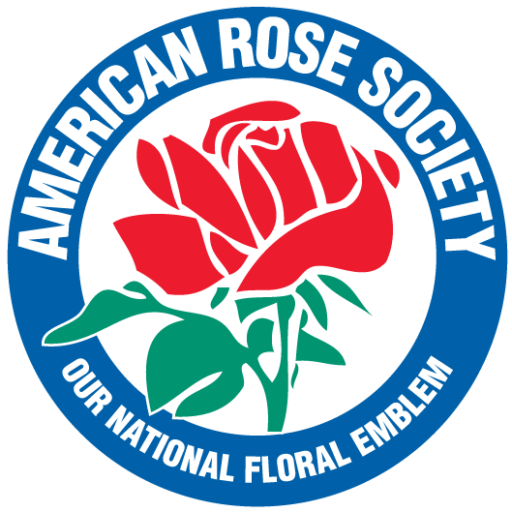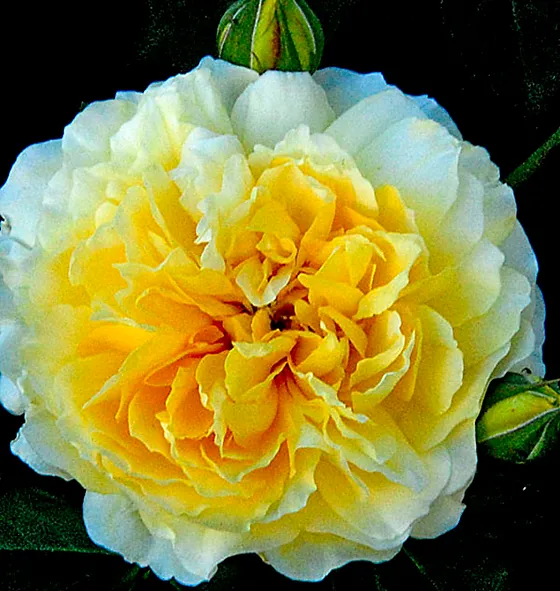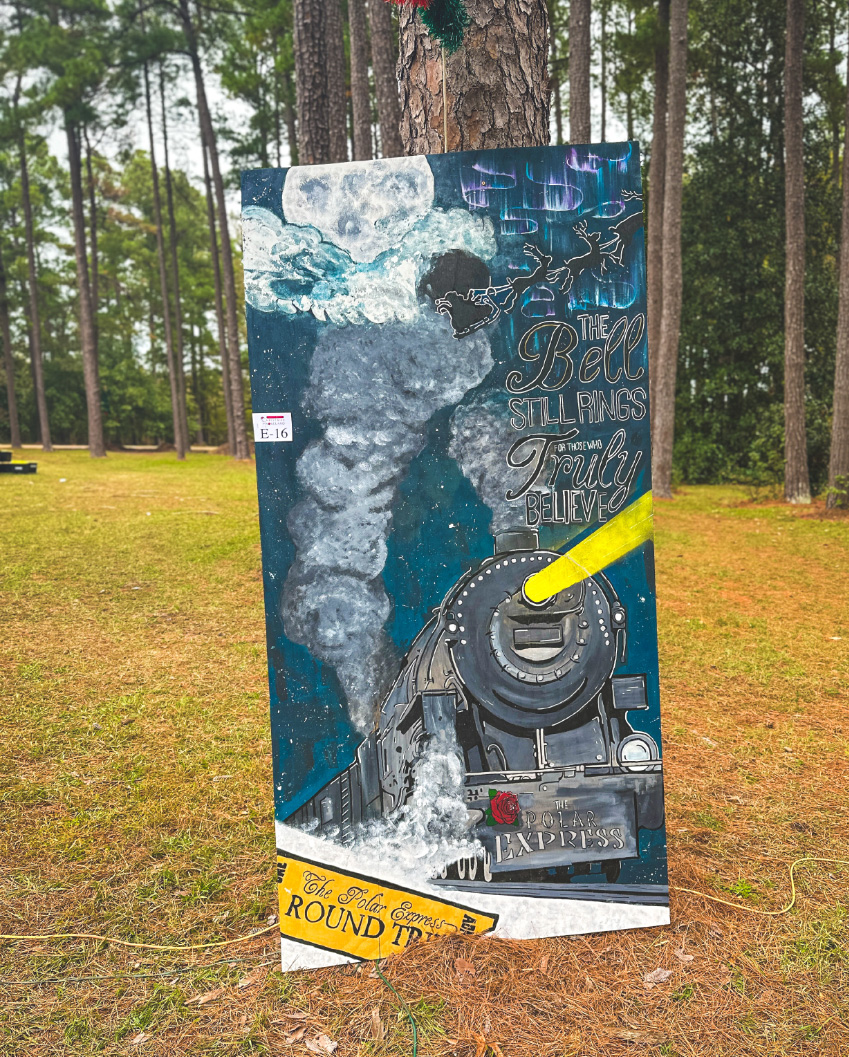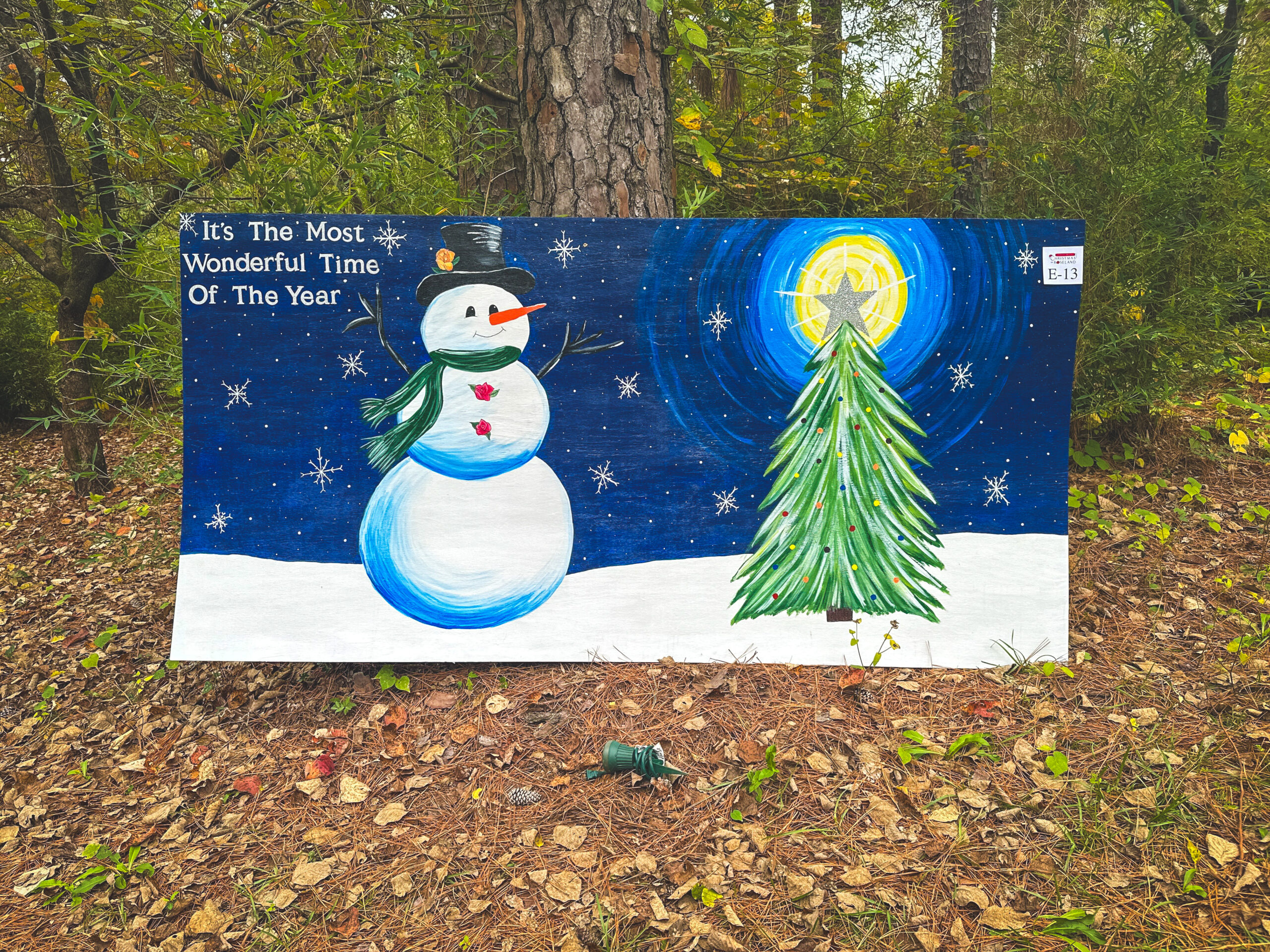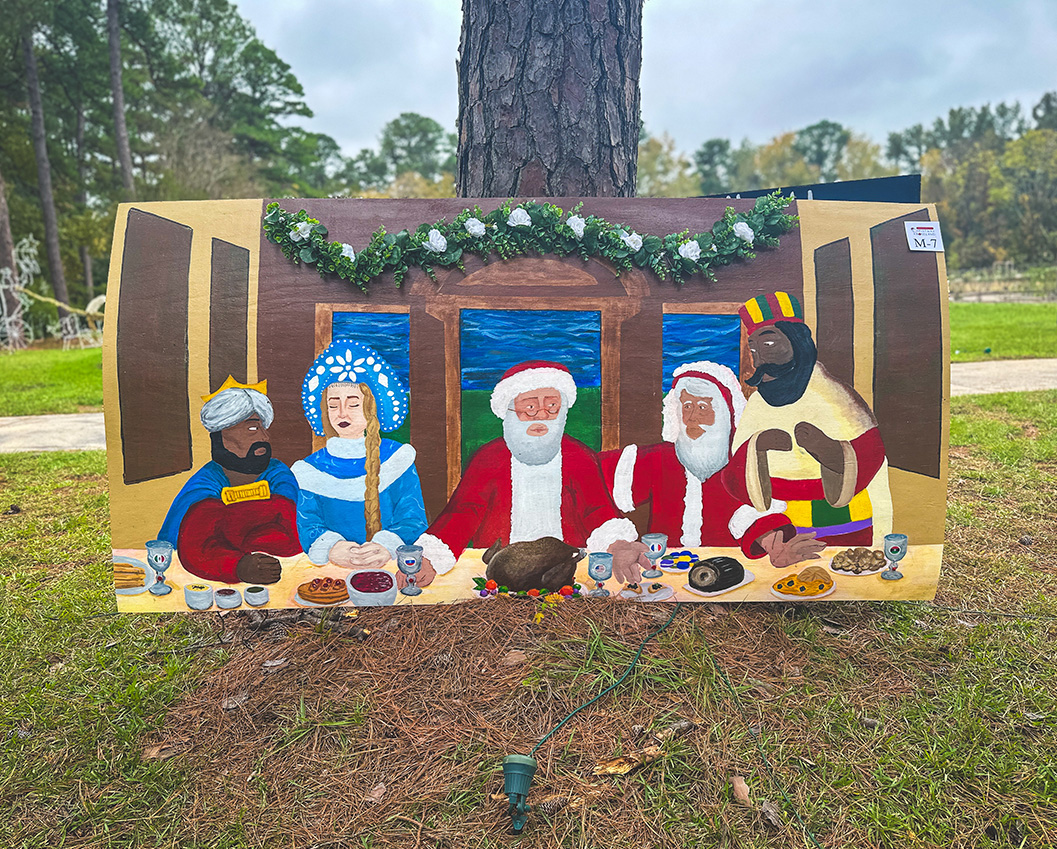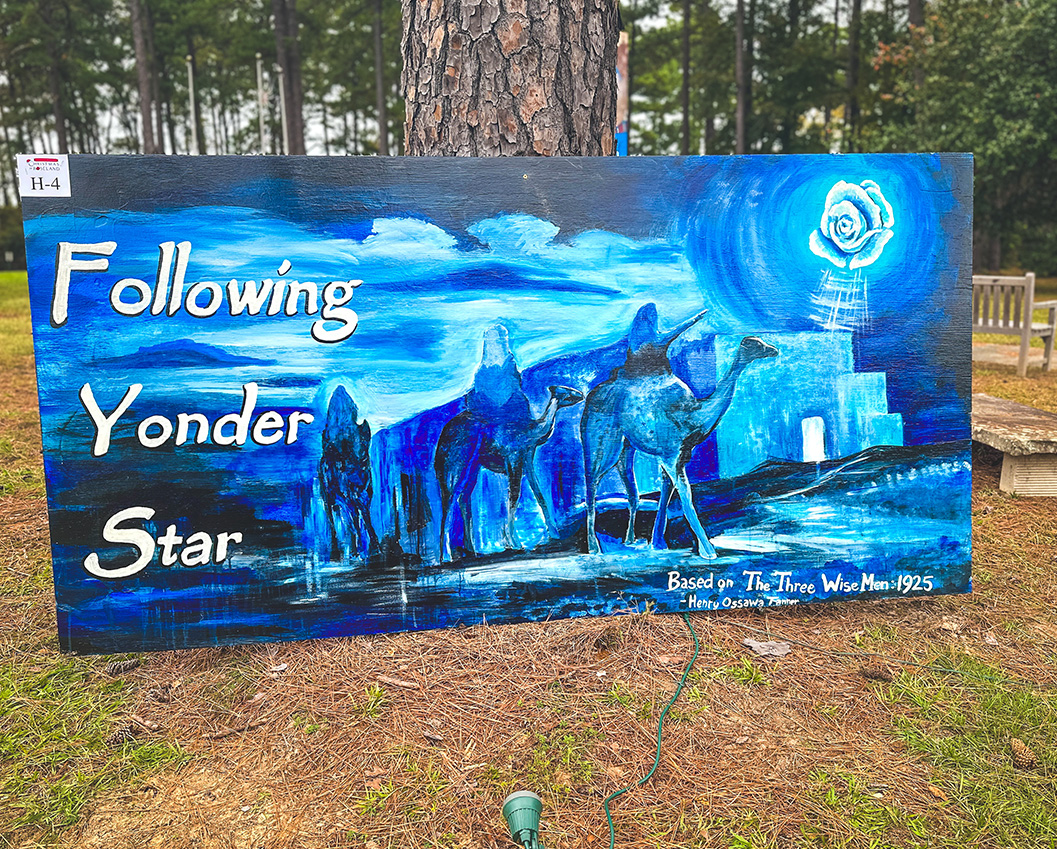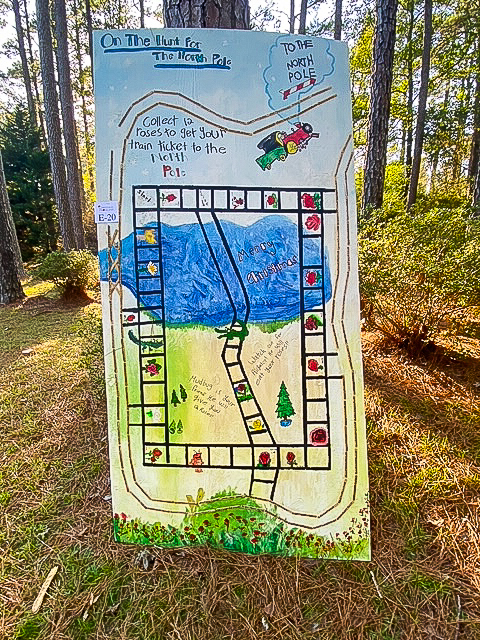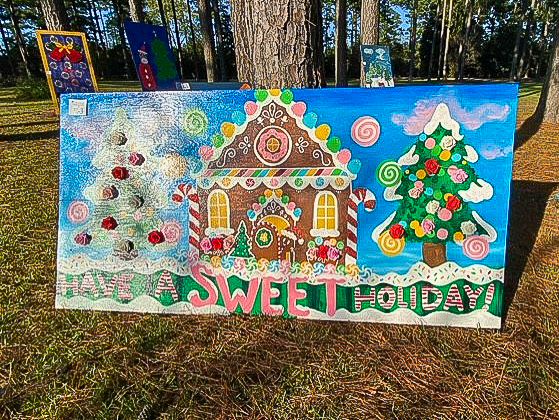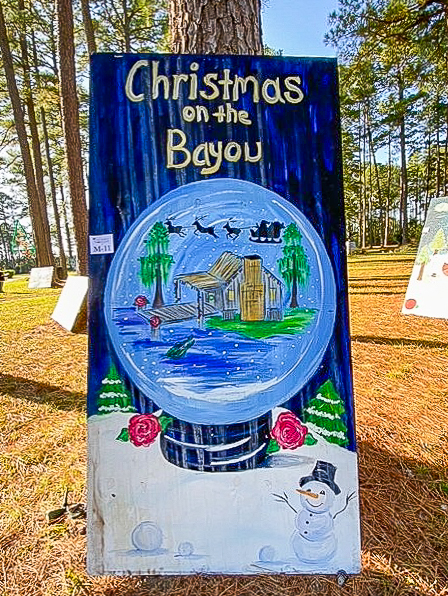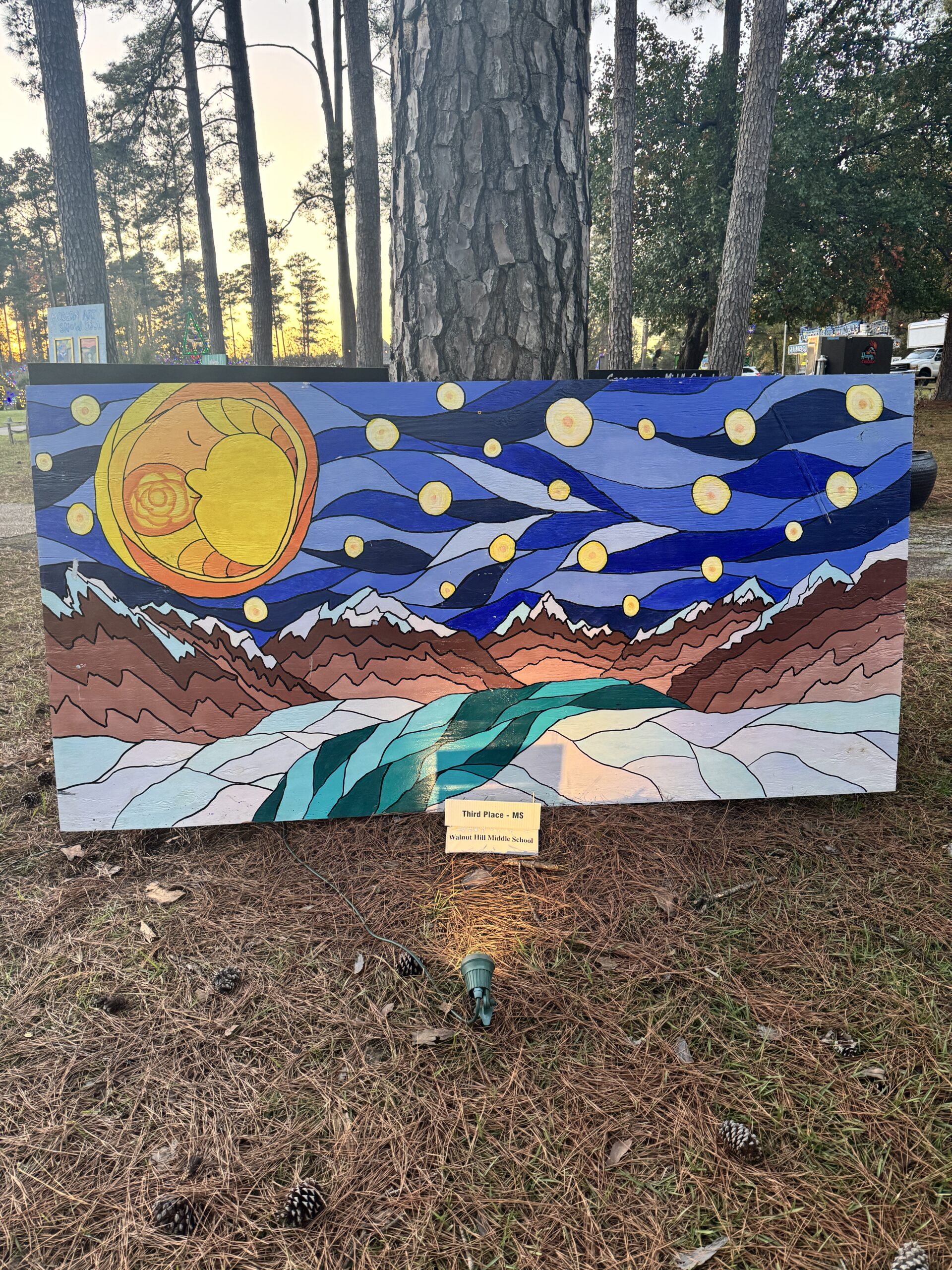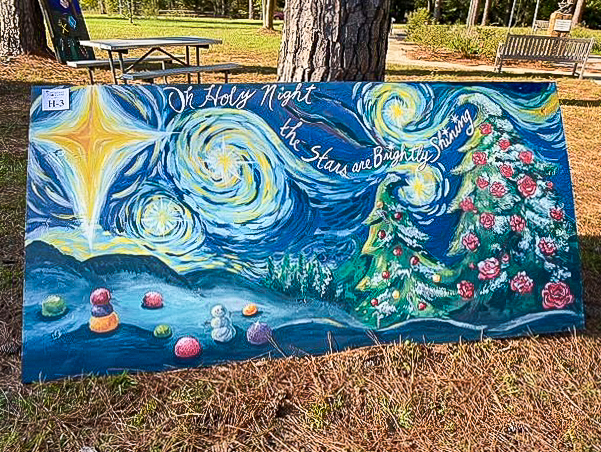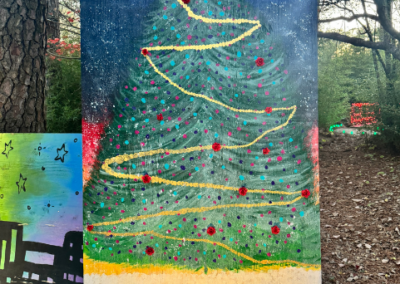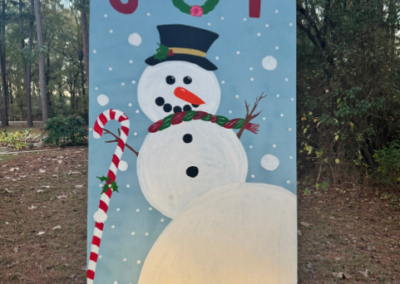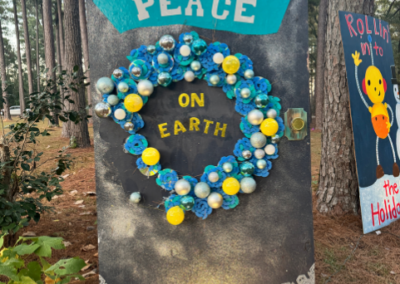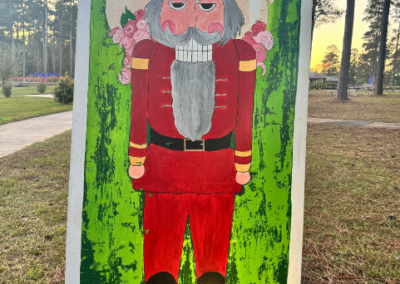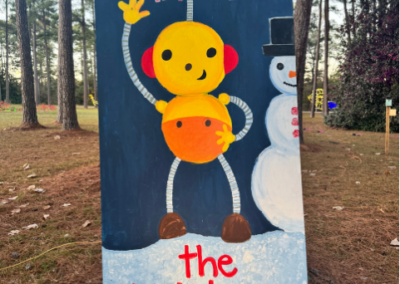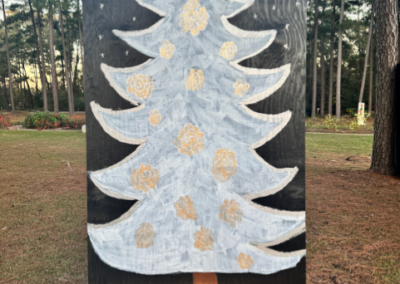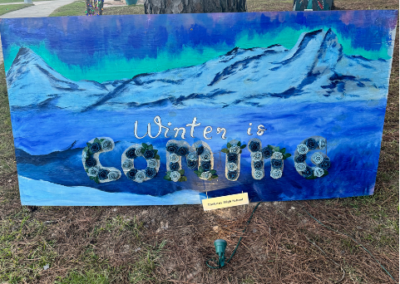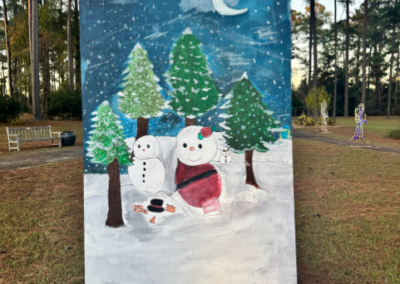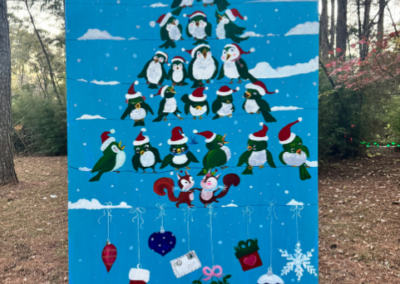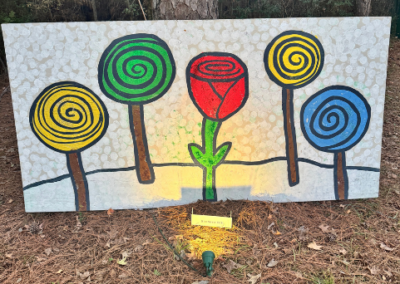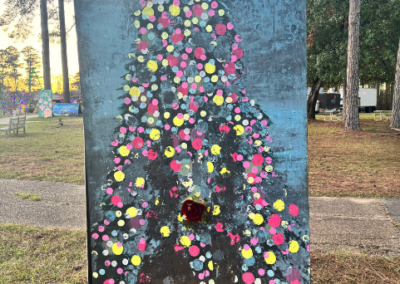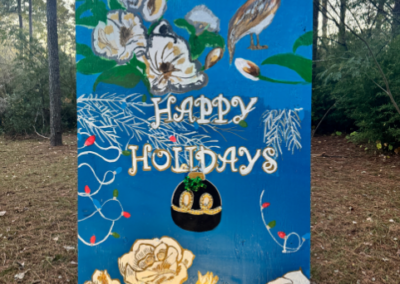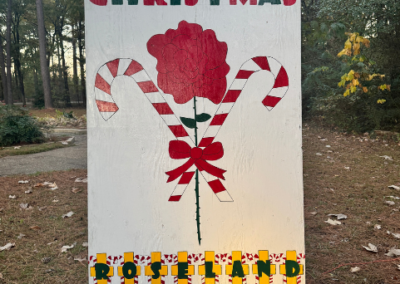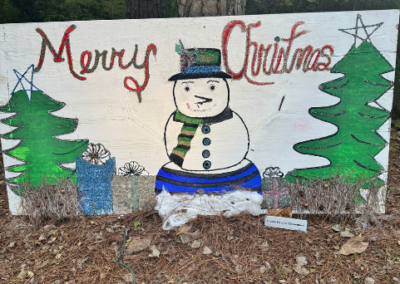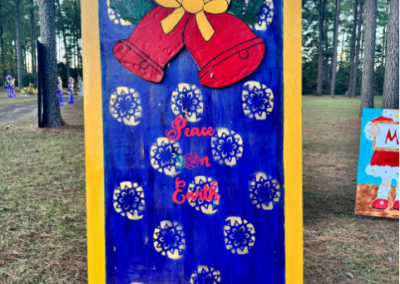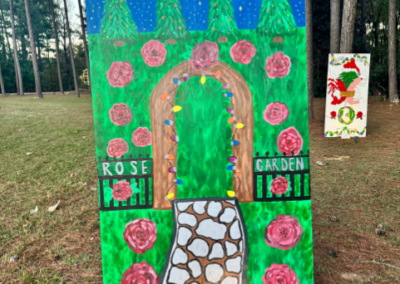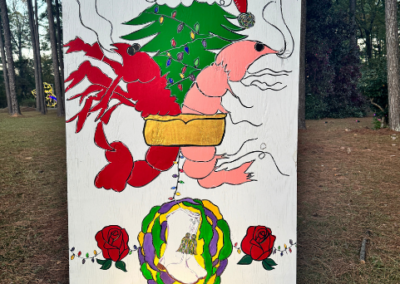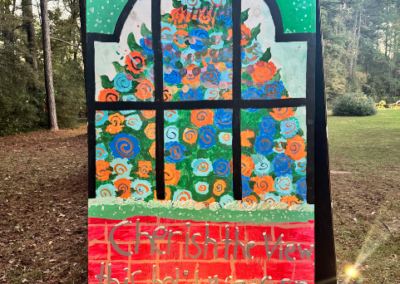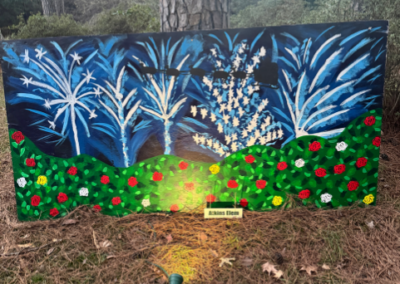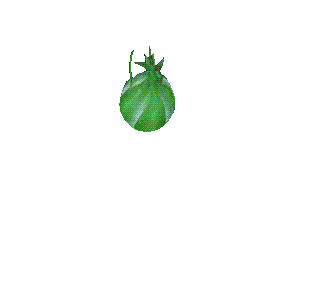..by Carolyn Elgar, Master Rosarian, Orange County Rose Society
This article received an AOM in 2012
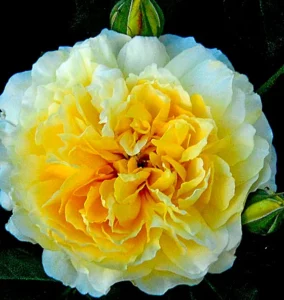
ABOVE: Molineux
If you love roses, there’s a very good chance that their fragrance is one of your favorite things about them. That’s why it’s hard to believe that, in the past, fragrance was not a key priority in commercial hybridizing. The history of rose popularity and commercialization sheds some light on how this came about.
The fragrance of roses has a long history. According to legend, Cleopatra filled a room with a footdeep bed of rose petals to weaken Mark Anthony’s resistance to her charms. Rose fragrance and rose oil were used throughout Medieval times for medicine and to mask bad odors. In the 12th and 13th century, Crusaders bought back Damask roses from the Middle East because of their fragrance; perfume was made from the petals. Empress Josephine, in 1799, established the beginnings of what would become largest rose garden in Europe; her desire to collect every known rose in the world led to Napoleon to include plant collecting in his warship commanders’ duties. Because of her support, rose popularity increased. As a result, botanists and nurserymen of that time hybridized many roses, but fragrance was not a quality as important to them as color and bloom repeat.
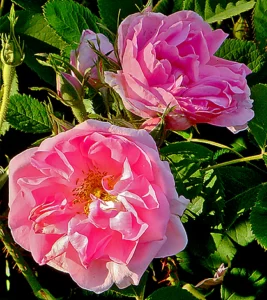
The amount of fragrance varied depending on rose classification. Albas and Gallicas, two of the oldest classifications, were fragrant; it was probably petals from Alba and Damask roses that Cleopatra used in her seduction of Anthony. In the late 16th century the Dutch developed the Centifolia rose, often known as the “Cabbage Rose,” because of the large amount of fragrant petals each bloom produced. The French enjoyed the scent of Bourbon roses discovered in 1817 on the Ile de Bourbon. Breeding efforts in France and the United States produced the fragrant Hybrid Perpetual and the Noisette classifications. Still, the priority was to create a rose that had consistent repeat bloom. ABOVE: Autumn Damask
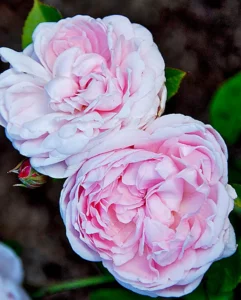
Hybridization increases In the late 1700’s, travelers brought home roses from China that had repeat bloom and the lighter yellow shades desired by breeders, but little fragrance. Because of the desire to create roses that would bloom more than once a year, there was small concern about the demise in fragrance in new varieties. Some of these new roses, the Tea roses, had a fresh, tea-like scent, but it was far inferior to the deep, complex fragrances of the old European classifications. ABOVE: Eglantyne
As rose hybridizing continued to increase and the popularity of roses spread, nurserymen became interested in showing the results of their efforts. The first rose show, the Grand National Rose Show, took place in England in 1858. Roses were judged on their visual qualities and presentation. The first rose show in the United States was held by the American Rose Society in 1900. Again, visual qualities and presentation determined the success of a rose in the show; fragrance was not an important element in judging. Around the same time, the first Hybrid Tea was produced – a variety named La France that had a compact growth and the much desired reliable repeat bloom. The era of the Modern Rose had begun.
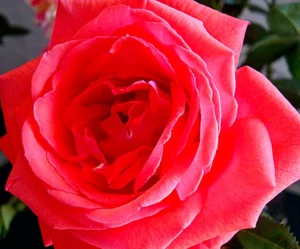
Rose shows were heavily attended – 2000 people were present at the Grand National show. Exhibiting increased, local rose societies were founded, and rose shows became more and more important. Yet fragrance was still not part of a rose’s evaluation. Even when judging standards were published in 1959, fragrance was not important for success in exhibiting.
In 1956, Dr. James A. Gamble became concerned about this. In a large study, he determined that 25% of rose varieties had no scent, 20% were strongly scented, and the rest varied in the strength of fragrance. To encourage the breeding of more strongly fragrant roses he endowed an ARS medal, the James Alexander Gamble Fragrance Medal. Winners of this medal are judged for fragrance over a five year period and must have an ARS rating of 8.0 or above. ABOVE: Fragrant Cloud
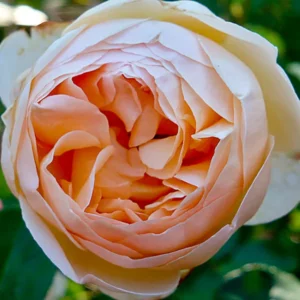
ABOVE: Jude the Obscure
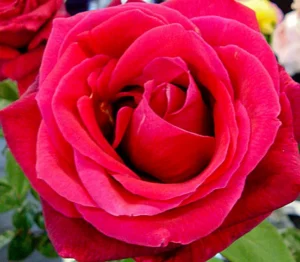
The botany of fragrance. Most fragrant roses release their scent from tiny glands in the petals. The fragrance itself is the result of the mixing of many chemicals and pheromones; however, in the making of rose oil only four compounds are important. It takes over 60,000 flowers to create one ounce of rose oil. The number and quality of petals on a bloom affect the amount of fragrance – usually many petalled blooms are more fragrant than single petalled ones. The fragrance varies over time as different chemicals change and disappear. All sorts of factors contribute to the fragrance of roses: soil pH, water and humidity, time of day, season of the year, and even their geographical home. ABOVE: Mister Lincoln
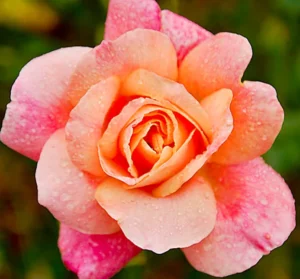
To add to the inconsistency of fragrance identification, every person has differing amounts of healthy cilia in their nostrils, which is where the scent molecules land, so different people smell differing amounts of fragrance. Then there is the confusion in deciding how to describe fragrance. Like wine connoisseurs describing taste, rose experts search for ways to describe the subtleties of aroma. One of the most commonly accepted list of fragrance types is rose (damask), nasturtium, orris, violet, apple, lemon, and clover. However, musk, cloves, pepper, bay, honeysuckle, fruit, hyacinth, raspberry, and other scents have been identified by experts. ABOVE: Sutter’s Gold
David Austin roses. One of those experts is Michael Marriott, a hybridizer who works with David Austin and who has been referred to as the “Rose Nose.” Austin is the creator of English roses and seeks to hybridize varieties that have the color, form, and fragrance of the older rose classifications as well as the consistent repeat bloom of modern roses. Marriott has the unenviable job of detecting the fragrance of Austin roses and describing that fragrance on the website and in the catalogue. He and Austin have come up with five fragrances that they claim exist either singly or in combinations in Austin roses.
Old rose: True to its name, this is the fragrance of the older classifications such as Gallicas, Damasks, Albas, Portland roses, and Hybrid Perpetuals. It occurs almost exclusively in pink and red roses such as Gertrude Jekyll, Eglantyne, and Munstead Wood.
Tea rose: A fragrance that was the result of hybridizing China roses with a tall climbing species rose, Rosa gigantea, some compare this to the fresh, sharp smell of new tea. Molineux, Graham Thomas, Pat Austin, and Golden Celebration have this scent.
Musk: This fragrance is released almost totally from a bloom’s stamens and is named for the secretion emitted from Himalayan musk deer that has been used in perfumes. Comte de Champagne, Blythe Spirit, and The Generous Gardener give off a musk fragrance.
Fruit: It is not surprising that roses can have a fruit like aroma as many fruits, such as apple, pear, raspberry, apricot, peach, and strawberry are in the same Rosaceae family as our favorite flower. This fragrance can be quite complicated and changeable over time. Jude the Obscure, Lady Emma Hamilton, and Sharifa Asma have fruity overtones in their scents.
Myrrh: Some love this fragrance and others don’t; it is distinctive and strong and is almost exclusively found in Austin roses. The anise like smell comes from the Austin’s use of a descendant of an Ayrshire rose in his hybridizing, a variety that is hundreds of years old and is believed to have originated in Scotland. It often occurs with other scents, such as fruit or tea rose and can be found in Claire Austin, Spirit of Freedom, Strawberry Hill, and Tea Clipper.
Marriott’s favorite fragrant Austins are Gertrude Jekyll, Munstead Wood, Lady Emma Hamilton, Scepter’d Isle, and Harlow Carr. For fragrance, David Austin also likes Gertrude Jekyll as well as Jude the Obscure, Lady Emma Hamilton, Wild Edric, and Jubilee Celebration.
Lists of fragrant roses. Because fragrance is such a subjective category, everyone has a list of their favorite fragrant roses. The All American Rose Selections top ten roses for fragrance are the following: Double Delight: fruit, spice; hybrid tea with creamy blooms edged in deep pink Elle: citrus, spice; hybrid tea with light pink blooms that have a pink-orange reverse Fourth of July: apple, rose; climbing rose with single petal blooms striped red and white Honey Perfume: fruit, spice; floribunda with warm apricot blooms Memorial Day: damask; hybrid tea with pale pink blooms Midas Touch: musk; hybrid tea with deep yellow blooms Mister Lincoln: rose, spice; hybrid tea with deep red blooms Scentimental: damask, spice; floribunda with striped burgundy and white blooms Sheer Bliss: spice; hybrid tea with white blooms that have a pink center Sun Sprinkles: spice; miniature with deep yellow blooms
The previously mentioned James A. Gamble Medal for fragrance has been awarded to 16 varieties since its late 1950’s inception.
1961: Crimson Glory: damask; hybrid tea with red blooms 1962: Tiffany: fruit; hybrid tea with salmon pink blooms 1965: Chrysler Imperial: old rose, fruit; hybrid tea with deep red blooms 1966: Sutter’s Gold: fruit, spice; hybrid tea with gold yellow blooms that have edges of red 1968: Granada: old rose, spice; hybrid tea with yellow red blend blooms 1970: Fragrant Cloud: citrus, damask, spice; hybrid tea with orange red blooms 1974: Papa Meilland: old rose; hybrid tea with red blooms 1979: Sunsprite: fruit; floribunda with deep yellow blooms 1986: Double Delight: see above 1997: Fragrant Hour: old rose, fruit; hybrid tea with orange pink blooms 2001: Angel Face: citrus; floribunda with mauve, purple blend blooms 2002: Secret: spice; hybrid tea with yellow pink blend blooms 2003: Mister Lincoln: see above 2005: Sheila’s Perfume: fruit, spice; floribunda with yellow blooms that have deep pink edges 2007: Fragrant Plum: fruit; grandiflora with mauve blooms 2011: Elle: see above
If you love strong fragrance, one of the prices to pay is disease resistance. Fragrance is a recessive gene, so a rose must have two fragrant parents in its background. The dominance of recessive genes in a plant is bound to result in a weaker plant than one in which the recessive genes have been bred out. Fortunately, although it is very difficult to specifically breed for, the desire for fragrance has become so important to rose lovers that commercial growers have acknowledged its importance in creating new roses. As a result, we have the good fortune to look forward to plenty of fragrance in our roses and our gardens for years to come.
All photos Carolyn Elgar
